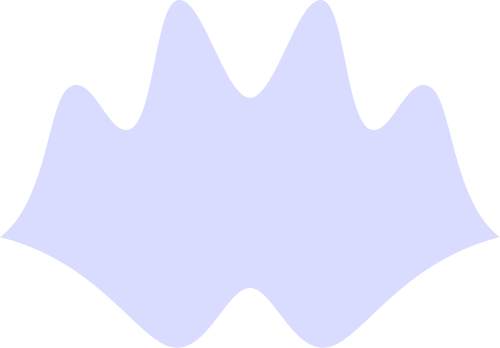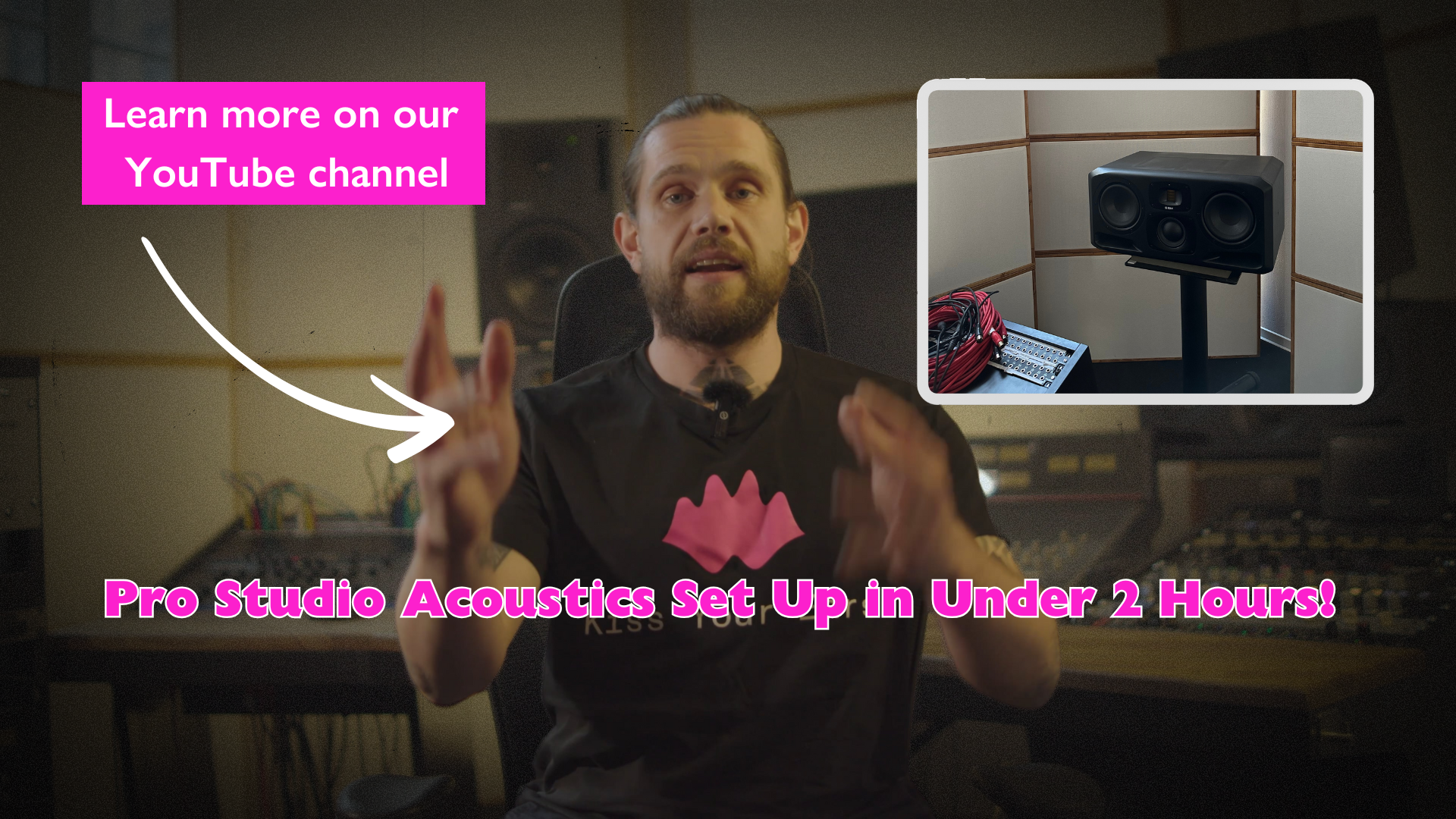Should I Build Non Parallel Walls in My Studio?
There is a common myth that seems to suggest that room modes can be broken up or entirely eliminated through the introduction of non parallel walls or boundaries to the studio. While it is true that building non parallel walls may have many acoustic benefits in the correct situation, it is not entirely accurate to assume that they will eliminate the presence of room modes all together. Instead, it would be more accurate to say that you can shift the corresponding pressure zones of the modes by changing the geometry of the room.

Figure 1: Two dimensional mode patterns of a regular and irregular room shape (Matthias Wölfel, 2009).
Doing so however makes the mathematics for modelling the modal characteristics much more complicated in wave theory, requiring complex algorithms and software. One way to get around this problem would be to use the finite or boundary element methods (FEM/ BEM). Both are computational methods that are used to solve complex physical and mathematical problems by breaking them into smaller parts using discrete equations. These methods are not limited to acoustic analysis of rooms but apply to a number of engineering applications such as loudspeaker, microphone and other commercial design cases.
However, for the majority of audio engineers out there, this may not be a part of your current skill set, and in order to understand how the shape of your room may affect its modal pressure zones, it is unfortunately a pretty important part of this process.

Figure 2: Examples of BEM (Hersberger et. al, 2018).
Then why do I observe so many non parallel walls in high end studios?
By shifting the pressure zones of particular problematic modes away from the listening position, it is possible to create a clearer sound stage and a fatter frequency response in the listening position. This would however call for a substantial input into the acoustic planning and measurement of the space, requiring the skill set of an architectural acoustics engineer or expert. This may not be a problem for high end studios that can accomodate a budget for such services, but for the majority of urban and amateur home-studios, this is not an option. And, in an ideal situation, you would also be aiming to treat these modes regardless of where they occur.
Another consequence to consider when deciding whether to construct non parallel walls is that your first order reflection points will also consequently be shifted (if done correctly for the better), and that the incident and existing angles of these reflections will also be altered. This can be a useful method employed to help create a reflection free zone. Not only will the radiation and polar pattern of your speakers play a role in the dispersion of sound, but also the height and angle of the sound source or monitoring position. These factors will have to be applied to your calculations and design concepts.

Figure 3: Ray tracing examples of parallel and non parallel surfaces, from a single sound source.
Do flush mounts serve the same purpose?
While flush mounting your speakers into the front wall may also fall into the category of introducing a non parallel surface to your room, the intended purpose is not for the same reason that you may slant your side walls. Flush mounting is instead a method that tries to decouple your speakers from the wall using isolation techniques, and yet at the same time eliminate the speaker boundary interference reflections that may be occurring from the front wall. When these two things combine and are executed properly, the effect can be extremely positive in terms of eliminating troubling reflections and dips in your room’s impulse response. It may also be worthwhile to consider using some ray tracing as a proofing method to ensure the proper placement of the monitoring and listening position.
General Rules for Non Parallel Wall Construction
If you are nonetheless convinced that you want to continue to re-shape your room and optimise the modal dispersion patterns for your listening position, it is necessary to always maintain acoustic symmetry in your L/R fields. This is an absolute must. Any skewing of the acoustic center will result in an incorrect reproduction of your stereo image.
You should also be aware that by constructing non parallel walls you may decrease the size of your room (which can have a negative effect on your acoustics, resulting in an even more sparse distribution of low frequency modes). Generally, it is not a good idea to do this if your studio is particularly small and under 30 square meters.
Recap/ the practical application with contemporary understanding:
If you build non parallel walls in your studio, it will make the room’s modal paths much harder to model and predict. Since you would be wanting to treat those modes regardless of where they occur, it makes very little sense with today’s understanding of room acoustics to design a control room in this way. With modules like the KYE King Kong Bass Trap that have a 0.6 coefficient at 40hz when placed across corners and with enough surface area covered (aka. enough traps in the room), there is no logical reason to create an experimental shaped room when we know it is so simple to take care of the standing wave energy build-up with refined methods. Introduce a pressure trap or four if your room has outstanding problems at even lower sub frequencies, eg. 30Hz, and you’re golden.






